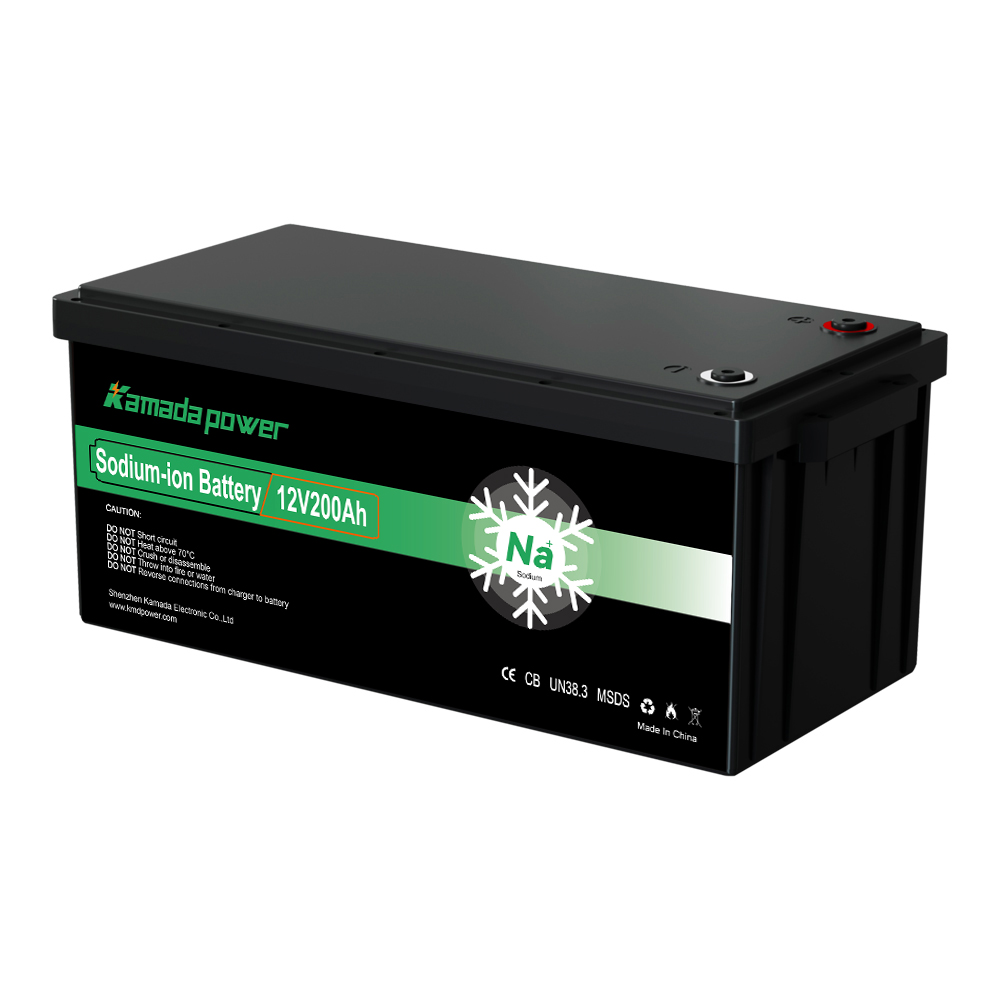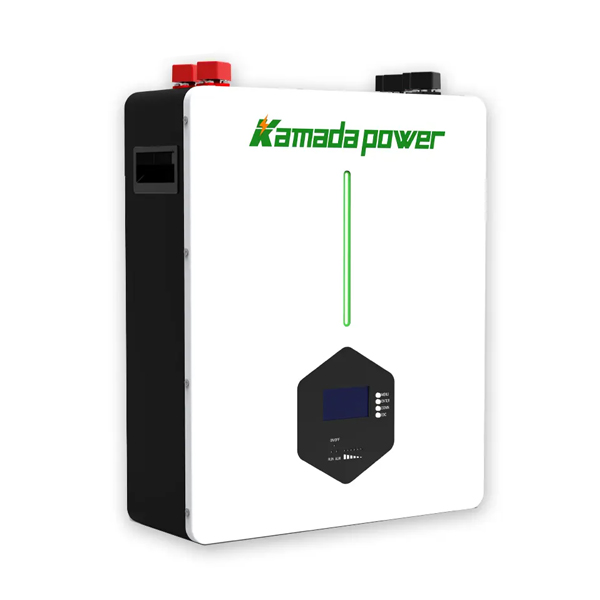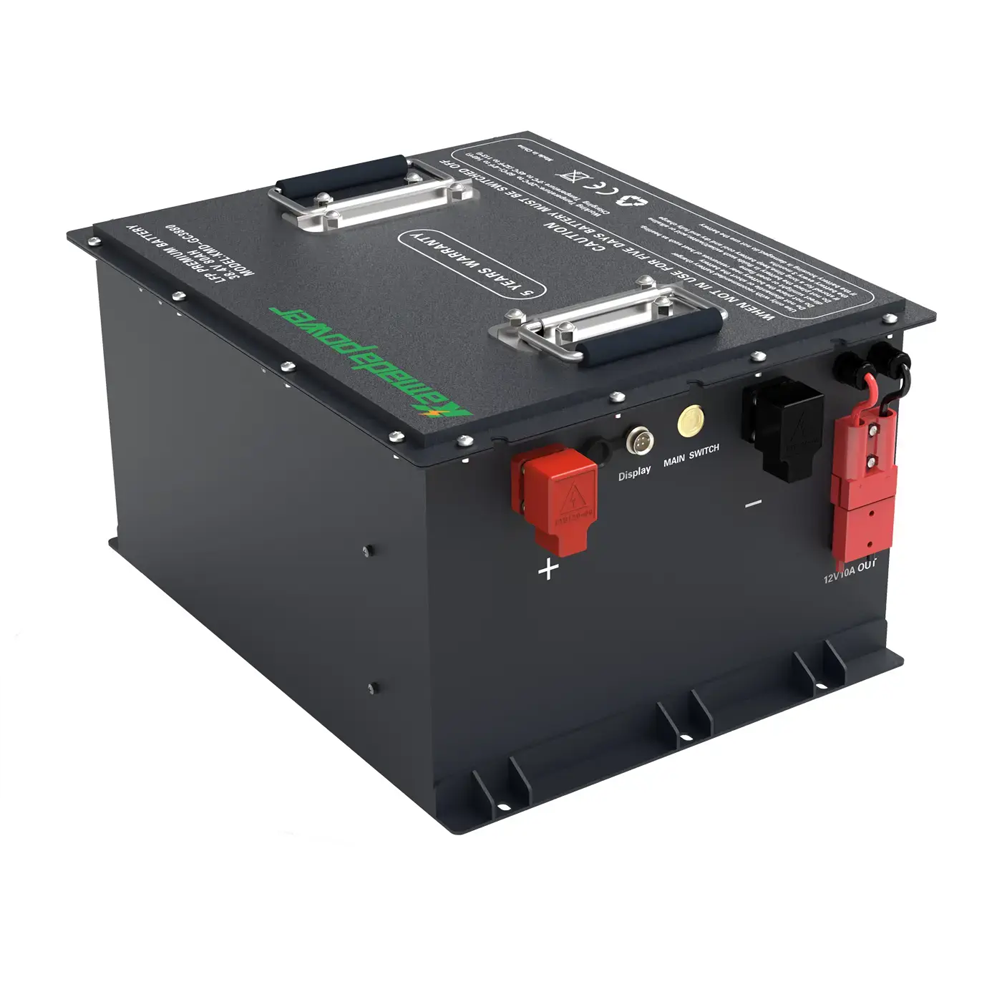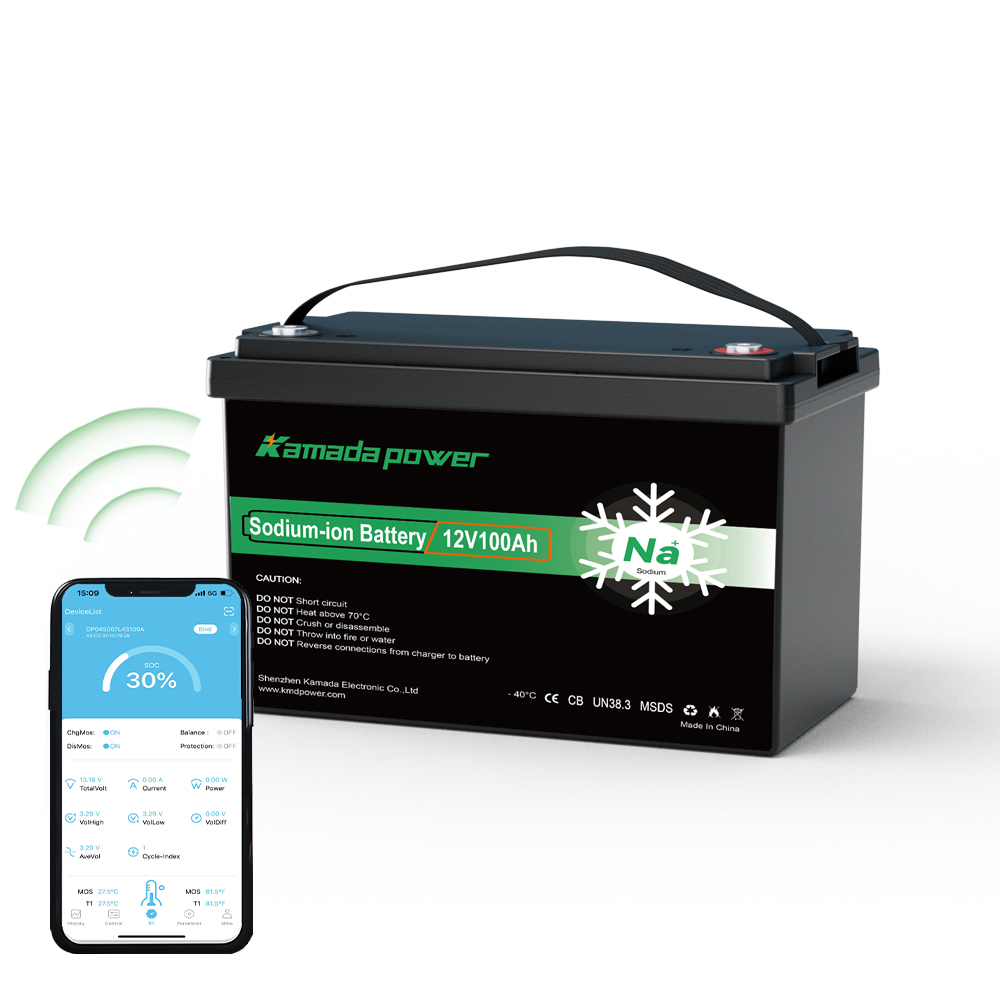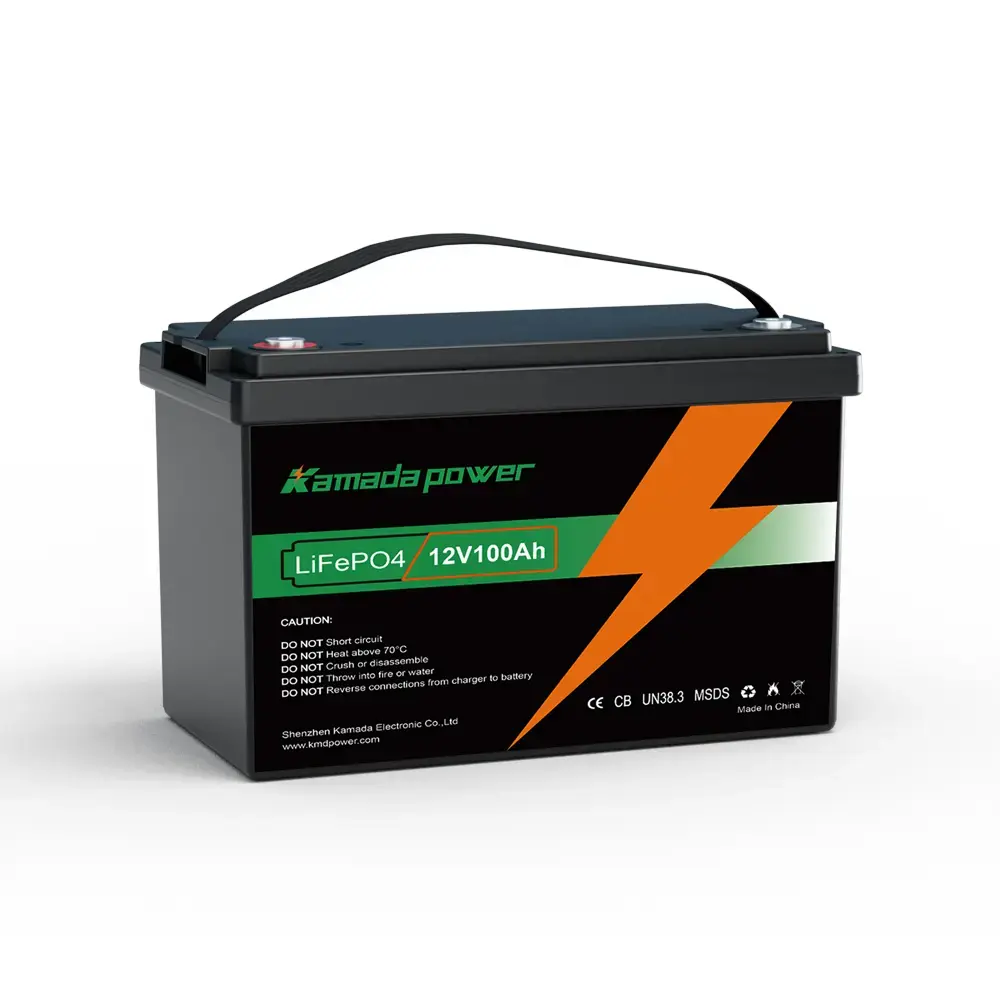Batterie à ions sodium are emerging as a promising energy storage technology, offering potential advantages in cost and resource availability. Like any battery chemistry, however, their performance and lifespan depend heavily on proper handling. Two critical factors to manage are surcharge et surdécharge. Understanding these phenomena and implementing protective measures is crucial for ensuring the safety, longevity, and reliability of your Na-ion batteries.
What Are Overcharge and Over-Discharge?
Protecting your batterie sodium-ion starts with understanding the conditions you must avoid. Surcharge et surdécharge refer to operating the battery outside its safe voltage window.
Surcharge occurs when a battery is charged beyond its recommended maximum voltage limit. For sodium-ion batteries, this means pushing too much electrical energy into the cells after they are already full. The specific safe upper voltage limit can vary depending on the sodium ion battery chemistry and manufacturer, but exceeding it causes detrimental effects.
Surdécharge is the opposite scenario: draining the battery below its specified minimum safe voltage limit. When the battery’s voltage drops too low, it enters a state that can be damaging, potentially irreversibly. Like the upper limit, the precise lower voltage threshold relies on the specific Na-ion battery design.
While sodium-ion batteries may have different characteristics from their lithium-ion counterparts, the fundamental risks associated with exceeding voltage limits remain a critical concern for safe and effective operation.
Why Protecting Sodium-Ion Batteries Matters
Failing to protect sodium ion batteries de surcharge et surdécharge can lead to significant negative consequences, impacting both performance and safety.
- Consequences of Overcharge: Surcharge sodium-ion batteries can accelerate battery degradation, leading to a noticeable reduction in capacity and overall sodium-ion battery lifespan. In more severe cases, it increases safety risks. While sodium-ion batteries are often touted for potential safety improvements, surcharge can still lead to excessive heat generation and, potentially, emballement thermique.
- Consequences of Over-discharge: Over-discharging also severely impacts battery health. It can cause a permanent loss of storage capacity. Furthermore, attempting to recharge a deeply over-discharged sodium ion battery can sometimes lead to the formation of internal short circuits, posing a significant safety hazard.
Ultimately, implementing effective battery protection strategies directly translates to maximizing your sodium ion battery lifespan and ensuring reliable sodium ion battery safety during operation.
The Battery Management System (BMS)
The most crucial component for safeguarding batteries sodium-ion is the Système de gestion de la batterie (BMS). A BMS is an electronic system designed specifically to monitor and manage the battery pack, playing a vital role in protecting sodium ion batteries from harmful conditions.
- Prevents Overcharge: Le BMS continuously monitors the voltage of individual cells or the entire pack. When any cell reaches the pre-defined safe upper voltage limit during charging, the BMS intervenes, typically by stopping the flow of charge current.
- Prevents Over-discharge: Similarly, the BMS prevents surdécharge. It monitors cell voltages during use. If the voltage drops to the critical lower limit, the BMS will cut off the power output from the battery, preventing further discharge and potential damage.
- Other Functions: Many BMS units for batteries sodium-ion also handle other protective tasks like cell balancing, temperature monitoring, and fault detection.
Choosing the Right Charger and Settings
While the BMS provides critical protection, using the correct charging equipment and settings is also essential. Not all chargers are suitable for sodium-ion battery chemistry.
- Compatibility is Key: It is vital to use a charger specifically designed for or confirmed compatible with the type of sodium-ion battery you have.
- Adhere to Specs: Always adhere strictly to the charging voltage and current limits recommended by the battery manufacturer. These specifications are crucial for safe charging practices.
- Avoid Risks: Using incompatible chargers or chargers set to incorrect voltage/current levels can bypass or overwhelm the BMS’s protective capabilities, leading to surcharge and potential damage or safety incidents.
- Charging Profile: Most sodium ion batteries utilize a Constant Current/Constant Voltage (CC/CV) charging profile. Ensure your charger supports this method and is configured according to the fabricants de batteries sodium-ion guidelines.
Safe Operating Practices for Users
Beyond the hardware (BMS and charger), user habits play a significant role in protecting batteries sodium-ion. Following safe operating practices contributes to battery health and longevity.
- Monitor State of Charge (SoC): Where possible, monitor the battery’s SoC. Avoid routinely pushing the battery to its absolute maximum or minimum levels.
- Avoid Extreme Temperatures: Avoid charging or discharging the batteries in extreme heat or cold. Refer to manufacturer specifications for safe operating temperatures.
- Storage: If storing sodium ion batteries long-term, avoid leaving them fully charged or fully discharged. A partial SoC (e.g., 40-60%) is often best; consult manufacturer advice.
- Inspecter régulièrement : Periodically inspect batteries for physical damage (swelling, leaks). Discontinue use if damage is found.
Understanding Voltage Limits for Sodium-Ion Batteries
Having a basic understanding of the typical voltage limits pour batteries sodium-ion helps users appreciate the operational boundaries protected by the BMS.
- Upper Limit (Charging): The safe upper charging voltage limit for sodium-ion batteries varies by chemistry. Toujours check the manufacturer’s datasheet for the maximum allowed charging voltage. The BMS cuts off charging at or below this point.
- Lower Limit (Discharging): Similarly, there’s a safe lower discharge voltage limit. Discharging below this risks irreversible damage. The BMS disconnects the load at this minimum voltage.
While the BMS automates enforcement, awareness reinforces the importance of using compatible equipment and avoiding misuse.
Conclusion
Protecting batteries sodium-ion from the damaging effects of surcharge et surdécharge is fundamental to achieving long service life and ensuring safe operation. The key strategies involve a multi-layered approach:
- Employ a suitable Système de gestion de la batterie (BMS).
- Use the correct, compatible charger set to manufacturer specifications.
- Follow sensible user practices (temperature, SoC management, storage).
- Understand the importance of voltage limits.
Always prioritize the specific guidelines provided by the your fabricants de batteries sodium-ion product. By implementing these best practices diligently, you can significantly enhance the lifespan, performance, and overall sodium ion battery safety of your energy storage investment.
Ready to learn more about optimizing your battery systems? Explore our resources or contacter kamada power battery experts today for personalized advice!


